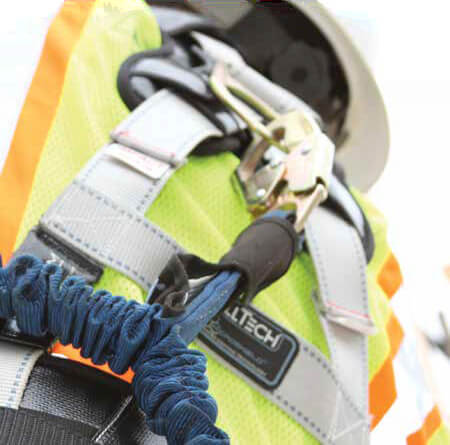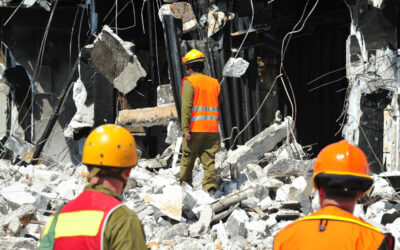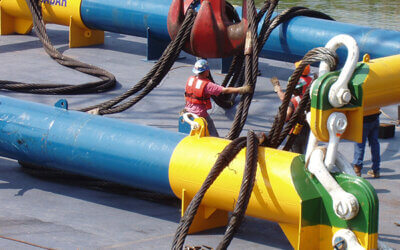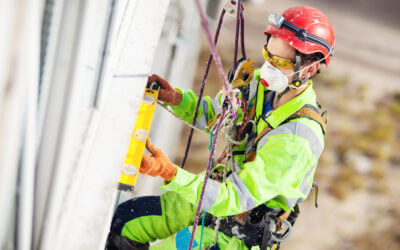Safety first! When on the job, it benefits everybody to put employee safety before everything else. A fall protection system is essential for those who work any job at a height over six feet above the ground. This will protect employees and comply with OSHA regulations. Whether your industry is shipping, construction, or warehouse labor, you should know about fall protection courses and supplies. There are three categories of fall protection: prevention, restraint, and arrest.
Fall Prevention
The first line of defense from workplace accidents is not letting them happen. A fall prevention system aims to accomplish just that. Through the use of guardrails and barriers, you can rest assured that employees will have a higher level of safety than any other fall protection system can provide. Guardrails also have the added benefit of leaving workers unencumbered by harnesses and other equipment. A downside of fall prevention is the initial cost. Only invest in guardrails if it is a long-term area of interest.
Fall Restraint
This fall protection system is designed to stop employees from falling by tethering them to a static point, ideally with the tether being too short to allow falling. This is ideal for construction projects at high elevations where guardrails are not an option and falling would be fatal. The main drawback would be the massively limited range of motion from the tether and harness.
Fall Arrest
There are two different categories of fall arrest: general and personal.
General fall arrest refers to a net or some fall cushioning system underneath an area where there are employees working above the height of six feet. This method is quite inexpensive and can cover a large area but is far from the safest way to protect employees. If you consider this for your safety needs, you might want to reserve its use to shorter distance falls.
Personal fall arrest is similar to fall restraint, but it allows for employees to fall a short distance before catching them. There is a much greater range of motion with personal fall arrest devices, but much more risk of incurring injury. Whiplash from the fall and the harness and wire catching a worker could seriously cause damage. That said, it does still contribute to better safety practices and is OSHA compliant.
Fall protection equipment and supplies are not optional. For the safety of your employees and your business, it is important to have precautions in place. In a perfect world, guard rails would line every tall platform, employees would wear harnesses, and there would be nets underneath every place they walk. Obviously, this is not economically or logistically feasible, so make sure to evaluate the aspects of each type of fall protection system to make the most educated decision for your employees’ safety.






0 Comments